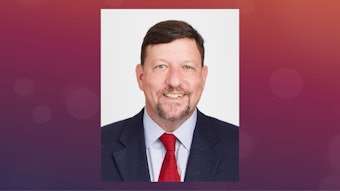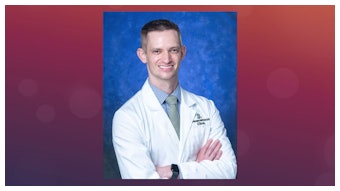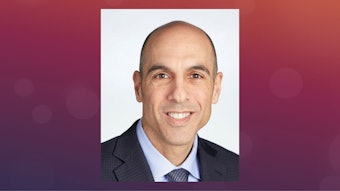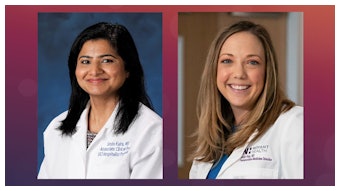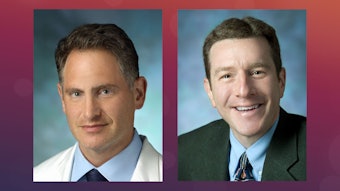Stuck in the system
Hospitalists are in a unique role to advocate for vulnerable, acute care patients.

Long delays. It’s not a description of airline travel in 2023. Instead, it represents the most vulnerable of patients who languish in acute care medical facilities due to the far-reaching complexities of our health care system. Likely, it’s due to a mix of medical comorbidity, social determinants of health, behavioral, financial, and/or legal issues that intersect in the population.
Some might say these patients are “stuck,” because there are limited options to appropriately support their ongoing needs or because the resources that do exist are not available to them, so they remain in the acute care hospital well past the point that their acute medical needs have been addressed.
Paul Helgerson, MD, SFHM, a hospitalist and associate professor of medicine at the University of Virginia School of Medicine in Charlottesville, and Maralyssa Bann, MD, a hospitalist and assistant professor of medicine at the University of Washington/Harborview Medical Center in Seattle, will explore this ongoing challenge during Wednesday’s session, “Untangling the Knot: Helping to Advance Care for Vulnerable Patients Experiencing Prolonged Hospitalizations Despite Medical Stability.” The session will take place at 9:30 a.m. in Ballroom BC.
“’Stuck’ simply means that a patient is medically stable to progress to a lower level of care than an acute care hospital but cannot for a variety of reasons,” Dr. Helgerson said. “In our work, we’ve concentrated on understanding the plight of patients for whom this delay is prolonged — for example, a patient who may wait weeks before being able to progress to care in a skilled nursing environment rather than another that may wait a day for a ride home.”
In addition to affecting the patient through poor quality of care, the issue often leads to frustration and burnout within the care team, and high costs to the health care system. Hospitalists are in the unique position to move the needle on the challenge.
This vulnerable population of patients must overcome several overlapping barriers to discharge, Dr. Helgerson said. For example, consider the patient with complex chronic medical needs “that challenge a nursing home’s capability to provide for them and also lacks a payor source for long-term care after any covered stay has run its course,” he said.
Unfortunately, the longer a patient stays in acute care, the greater the risk for adverse outcomes from hospital acquired infections, pressure ulcers, and deconditioning. They are also likely to feel frustrated and isolated, he said.
“Many of these patients have little social support or struggle to advocate for themselves due to comorbidities like dementia, psychiatric illness, or severe medical illness. Physicians are often under pressure from clinical volume and strained hospital capacity. They can feel that the acute care environment is no longer value added for the patient, and yet often find that the barriers encountered to discharge are outside of their control,” Dr. Helgerson said.
As such, Dr. Bann said hospitalists can help identify vulnerable patients early in their hospital course and begin problem solving with an interdisciplinary team to mitigate some of the risks. Additionally, Dr. Bann said hospitalists can advocate in the patient’s local community to ensure that disposition planning is equitable and patient centered. Hospitalists have influence regionally and nationally as well and particularly in policy issues like payment reform that impact this population.
“An example of local action that can be effective is engagement in an expert, multidisciplinary team that identifies at-risk cases early and has links to local resources — things like charitable funding, medical-legal partnership, medical respite for patients who lack permanent housing, or post-acute facilities with capabilities such as programs to support opioid-use disorder,” Dr. Bann said. “Advocacy efforts include tackling regional issues like streamlining consideration of guardianship, addressing state rules regarding when a patient can be evicted from an assisted living facility environment, or federal reimbursement systems.”
These ideas and more are the foundation for Wednesday’s session.
“Our belief is that this is a problem that is of immense importance given the capacity constraints that health systems are experiencing,” Dr. Helgerson said. “The hope is that we can benefit both patients and the system in exploring the issues.”
Visit SHM Meeting News Central for more coverage.


